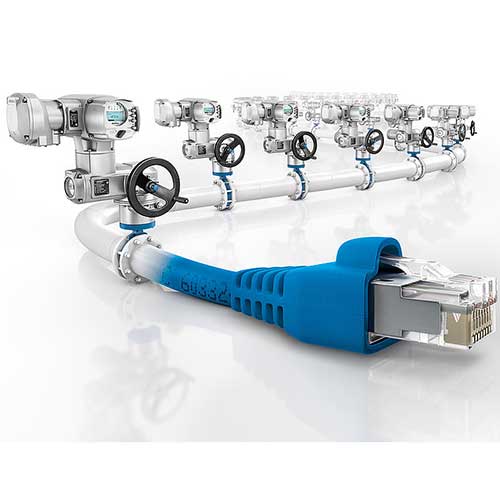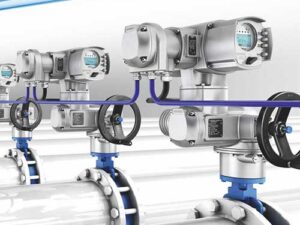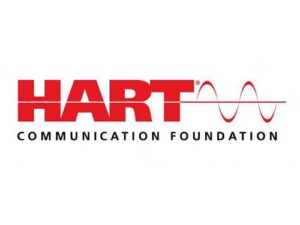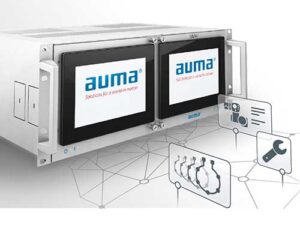Today, classic Ethernet is the leading standard for data networks in office environments. “Industrial Ethernet” describes the enhancements allowing the use of Ethernet even for sophisticated applications in industrial automation.
Industrial Ethernet has many technical advantages:
- Transmission of real-time and IT data via a common medium
- Virtually unlimited number of participants and network expansion
- Flexible topologies which can easily be scaled and expanded
- Quick transmission even of extremely large data volumes
- Integration of web servers and IoT interfaces such as OPC UA within the device
- Simple access to field level device data without proprietary gateways
- Reliable in operation, no complex termination, simple maintenance
- Future proof



